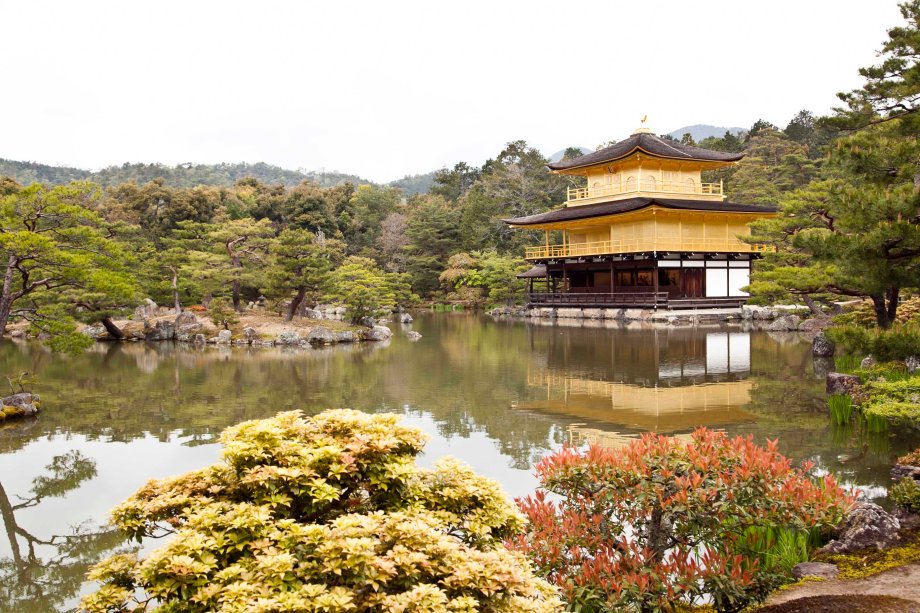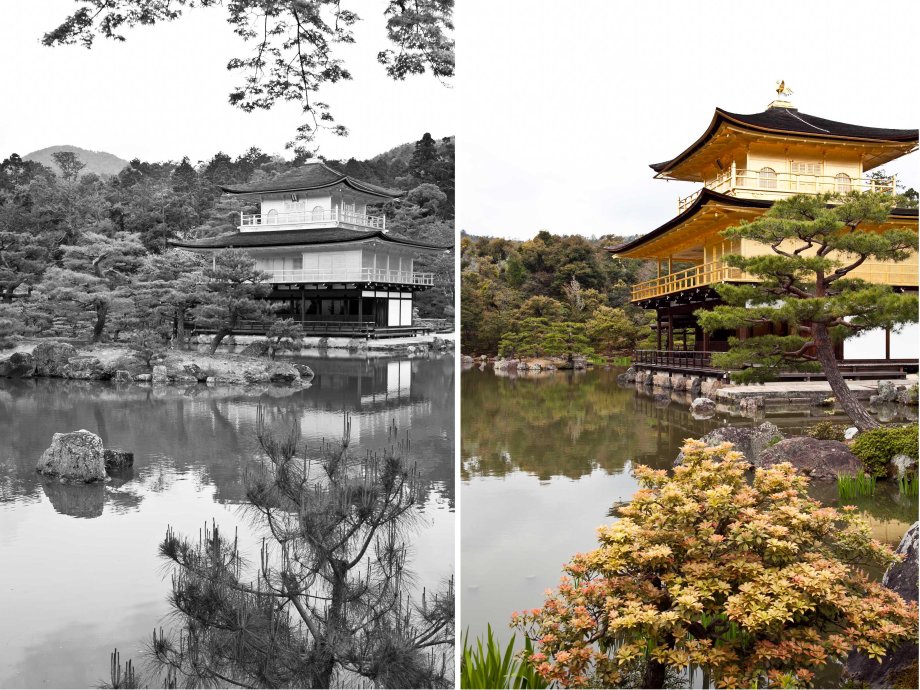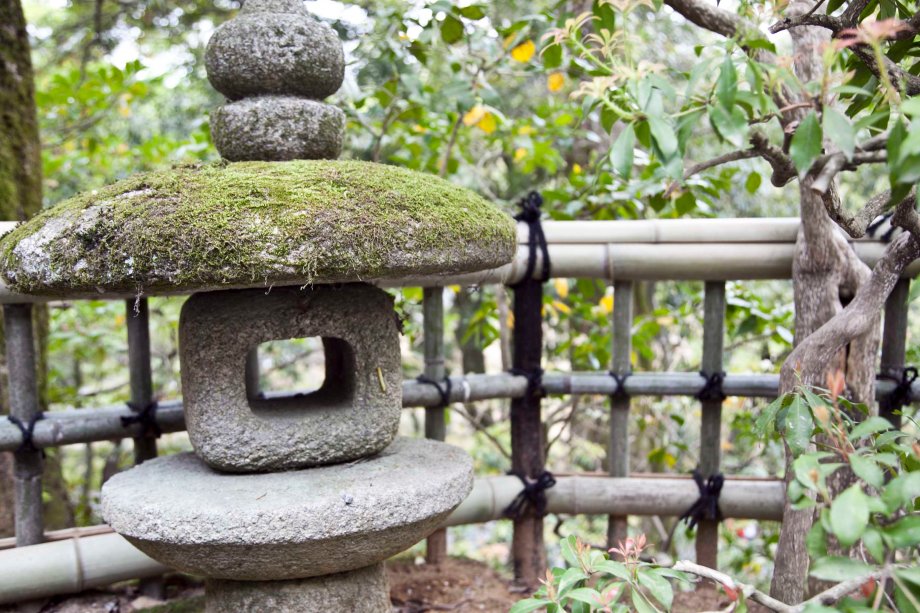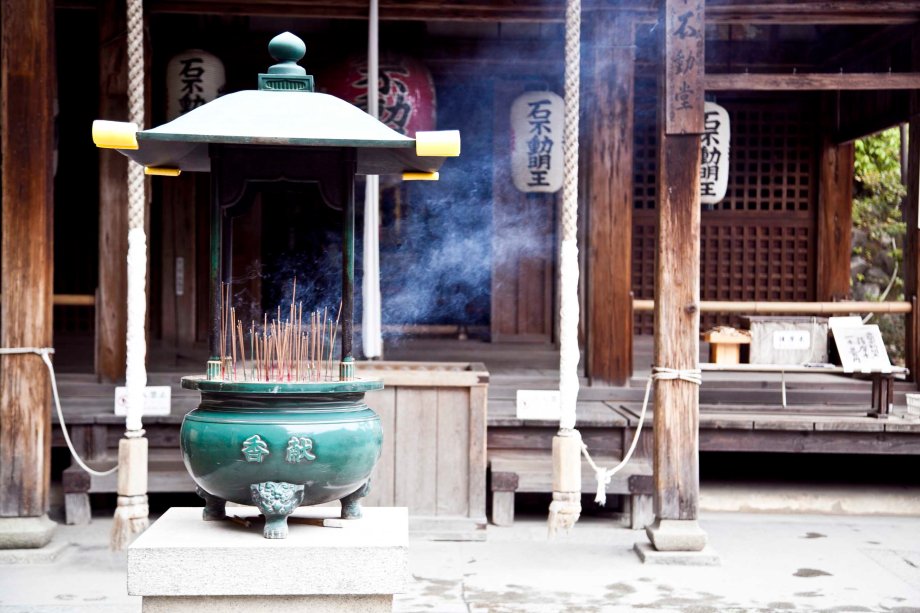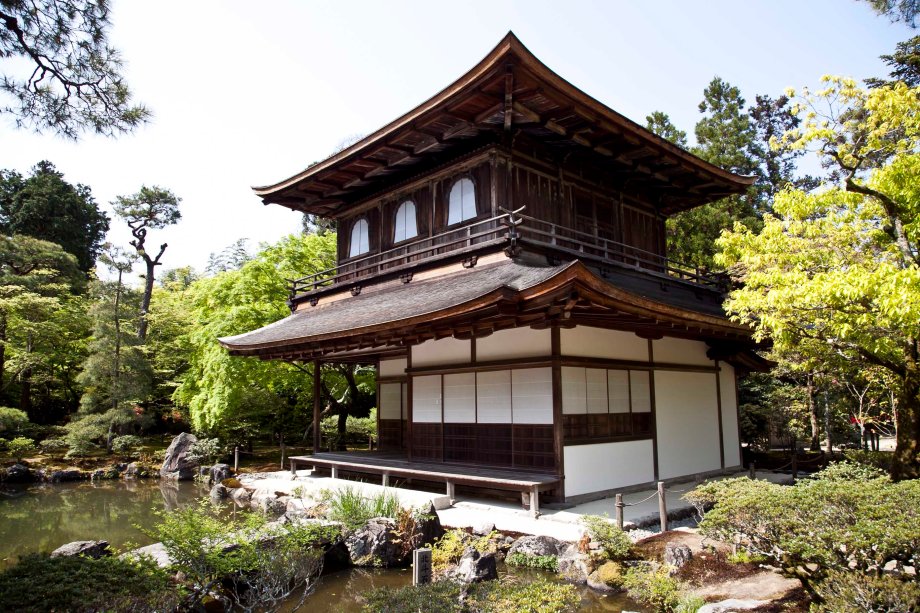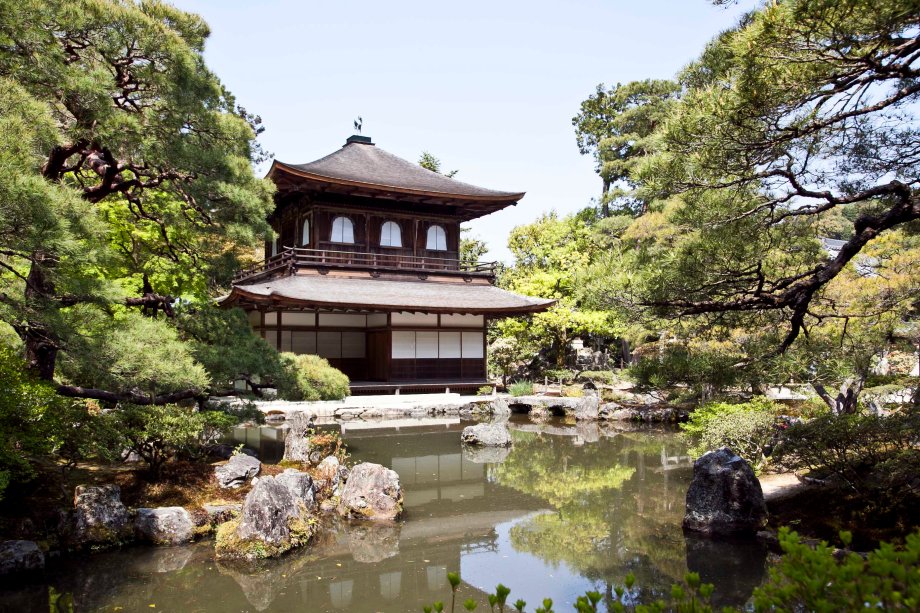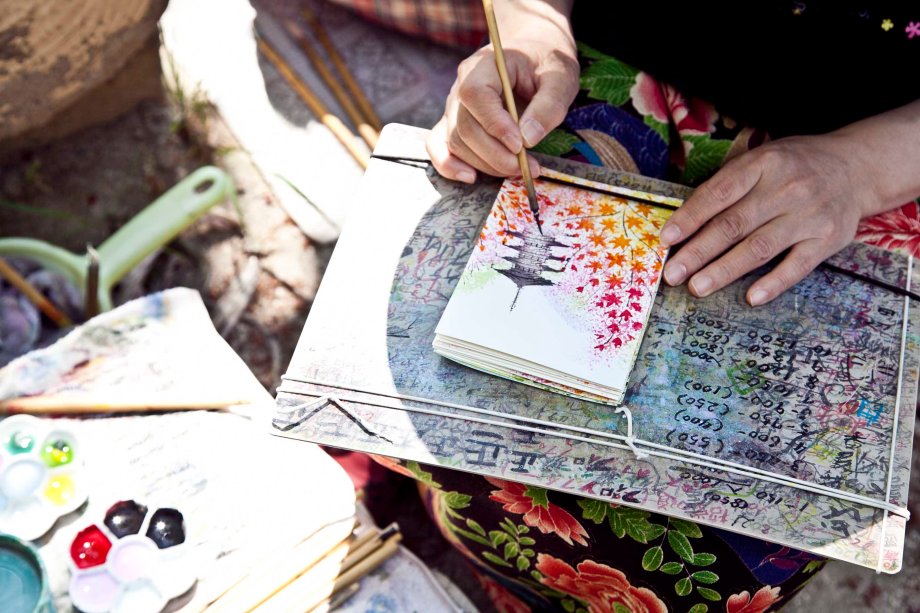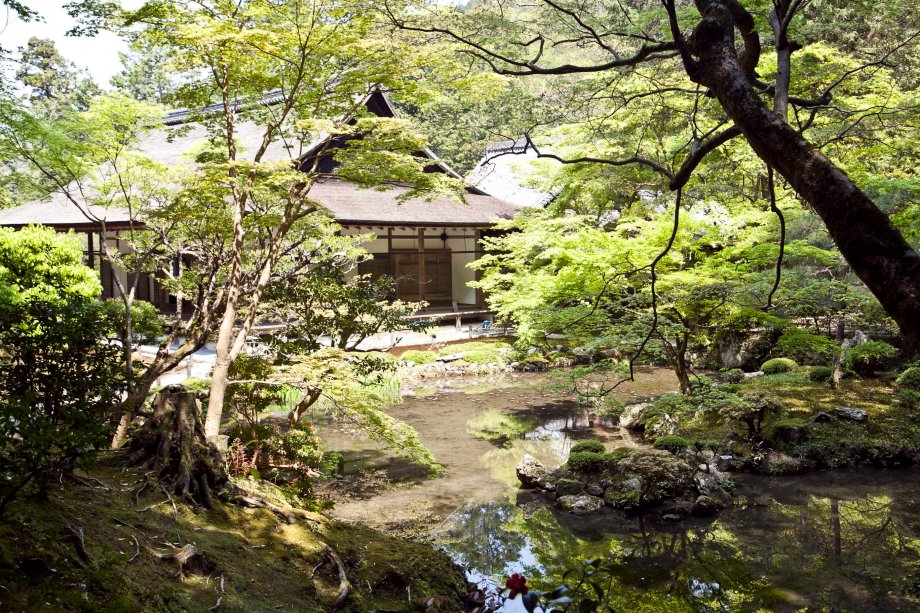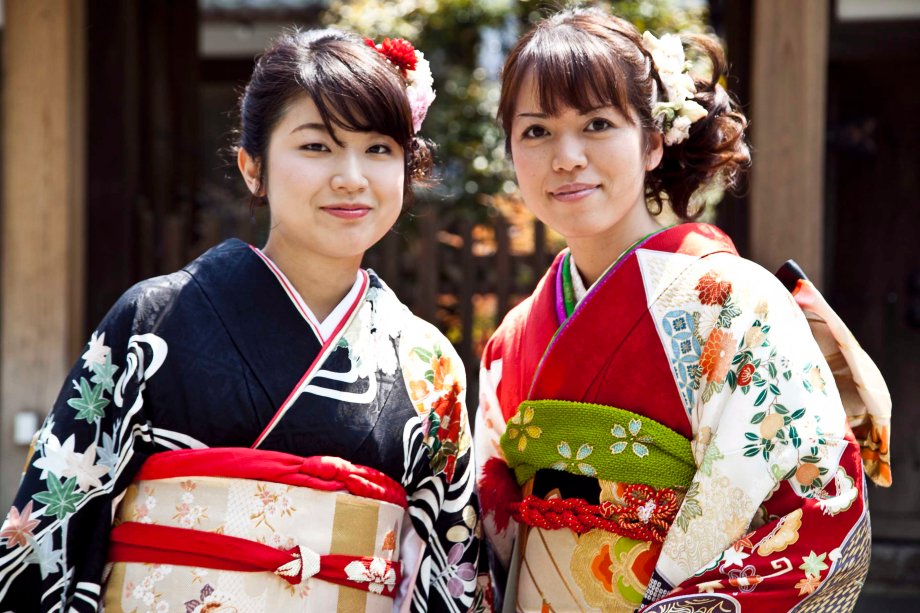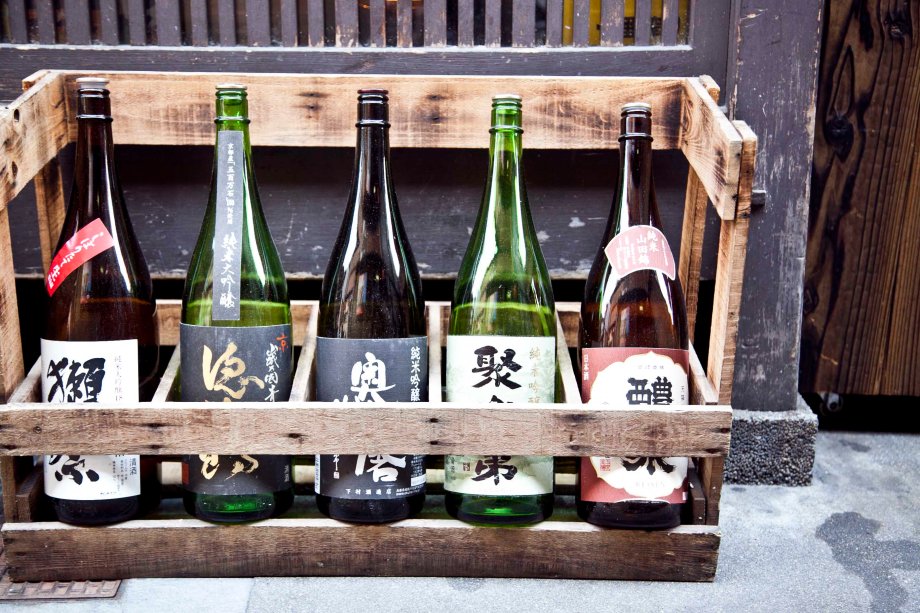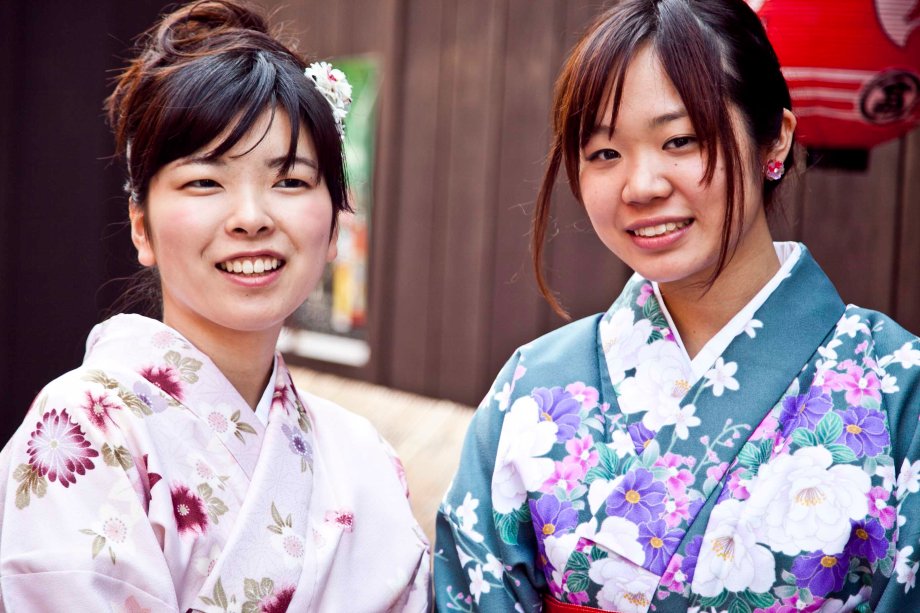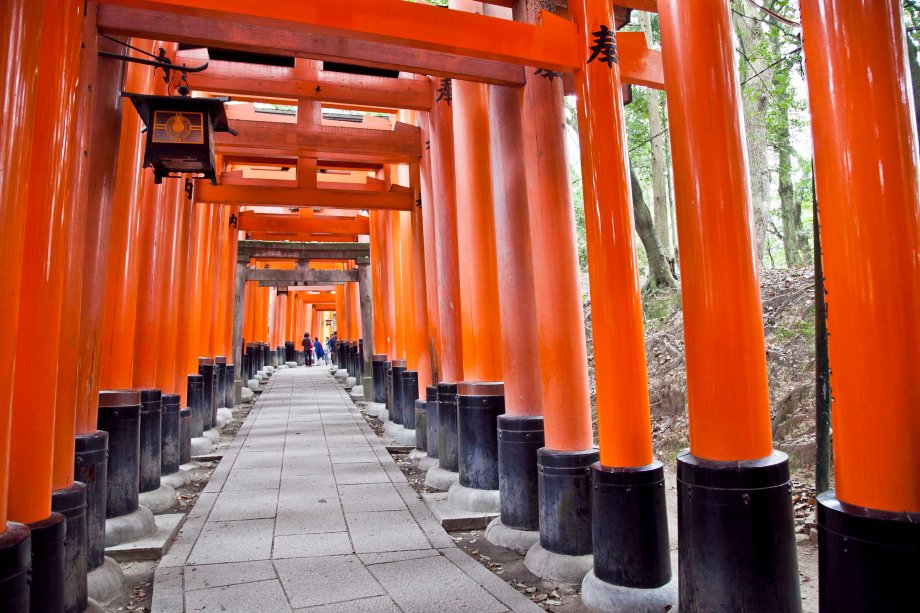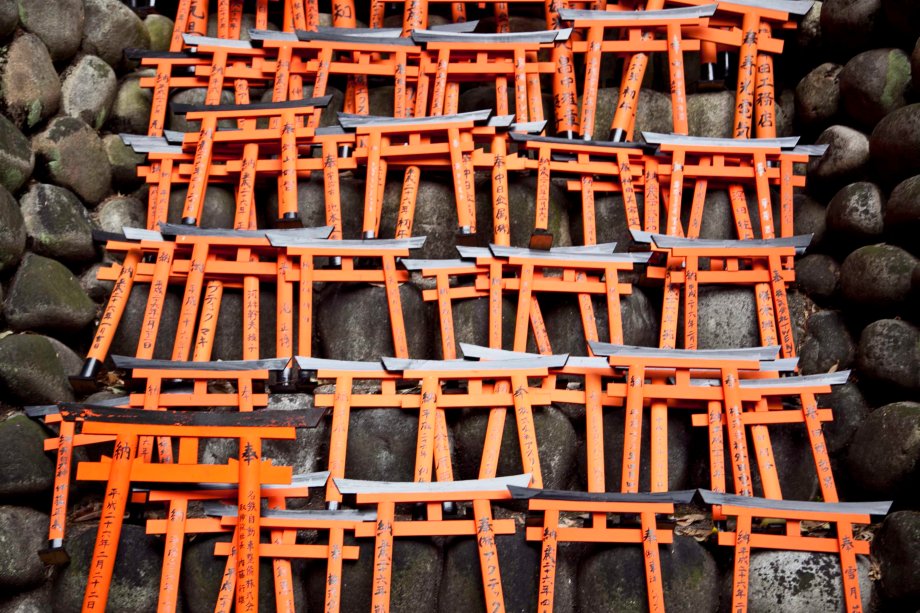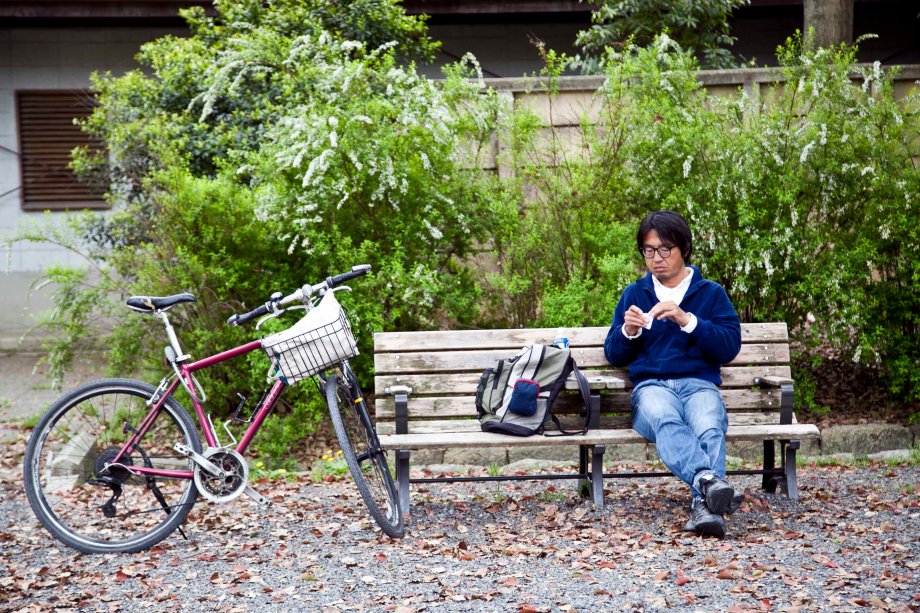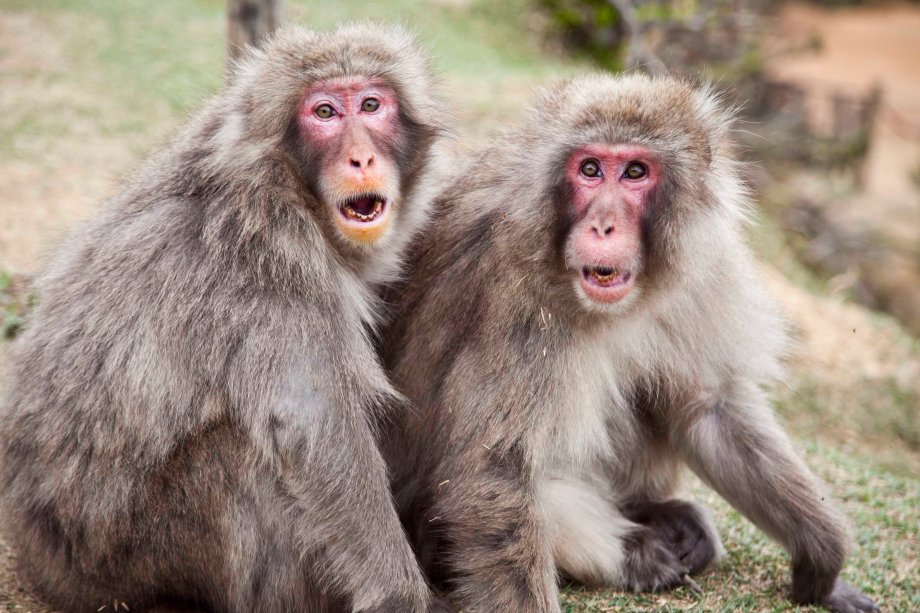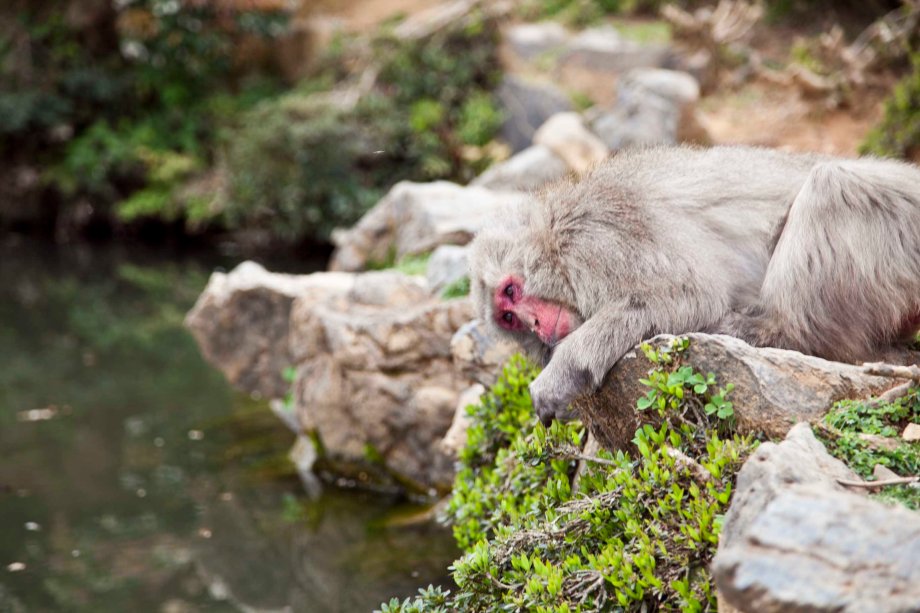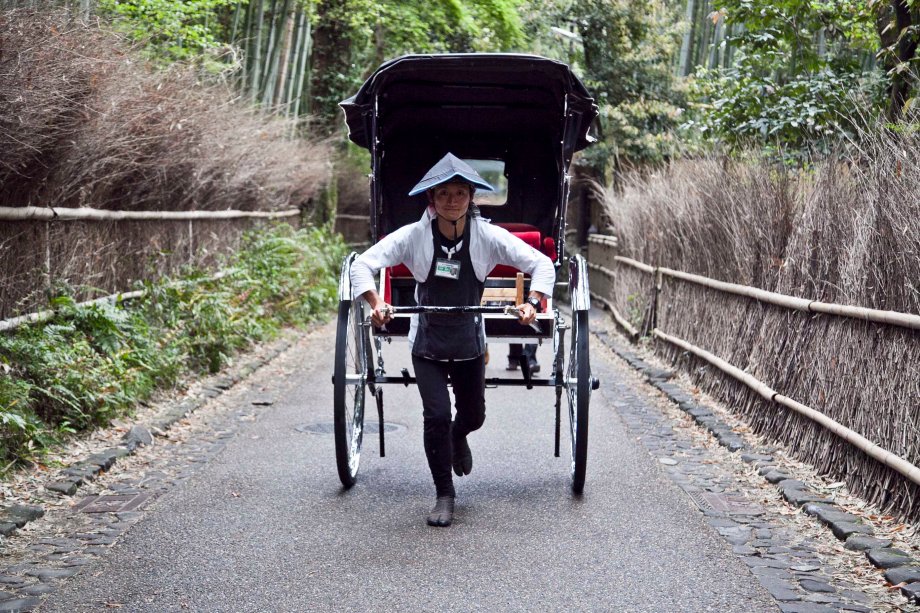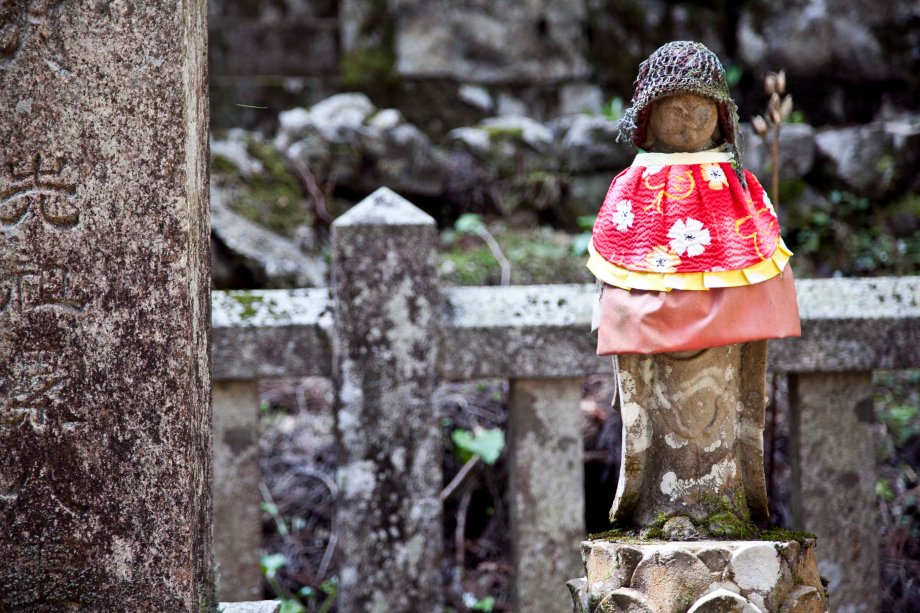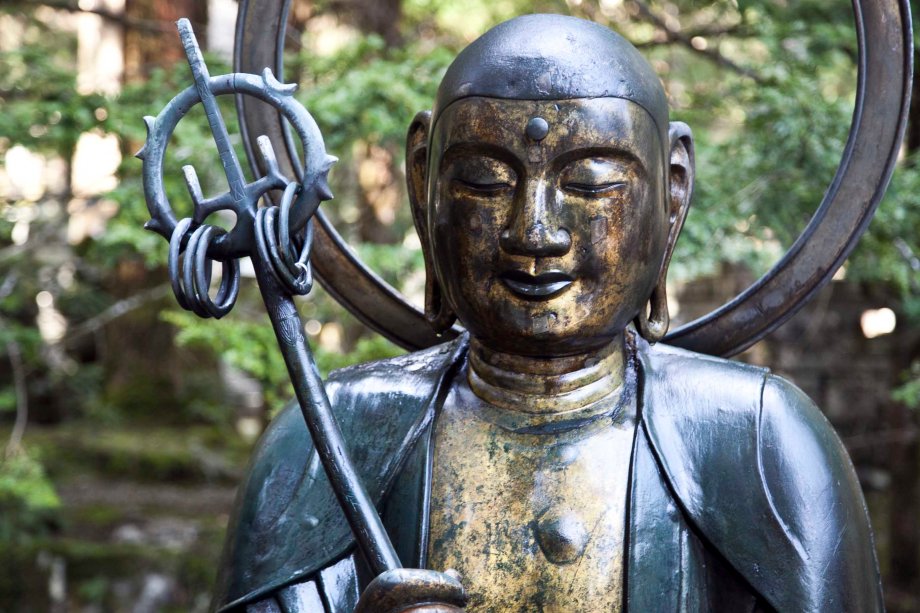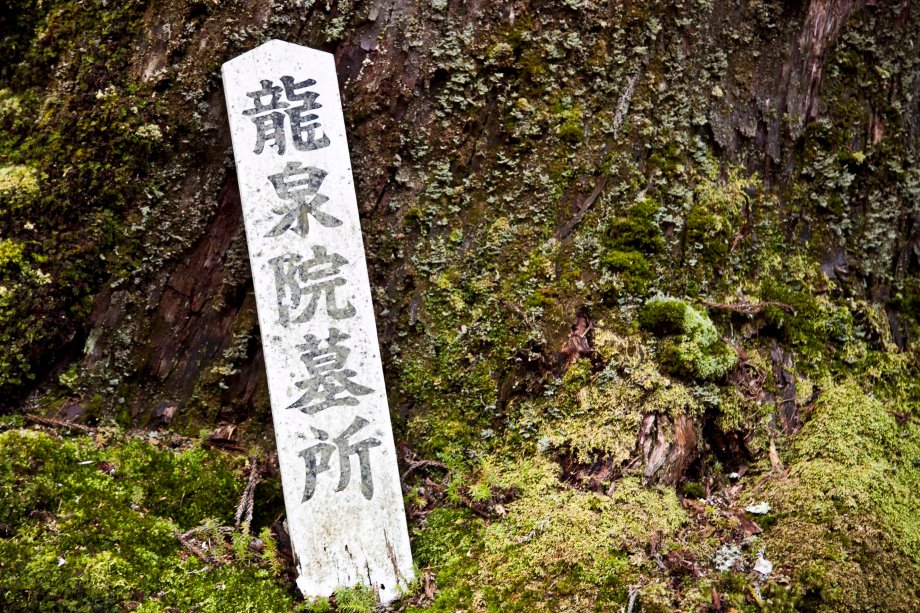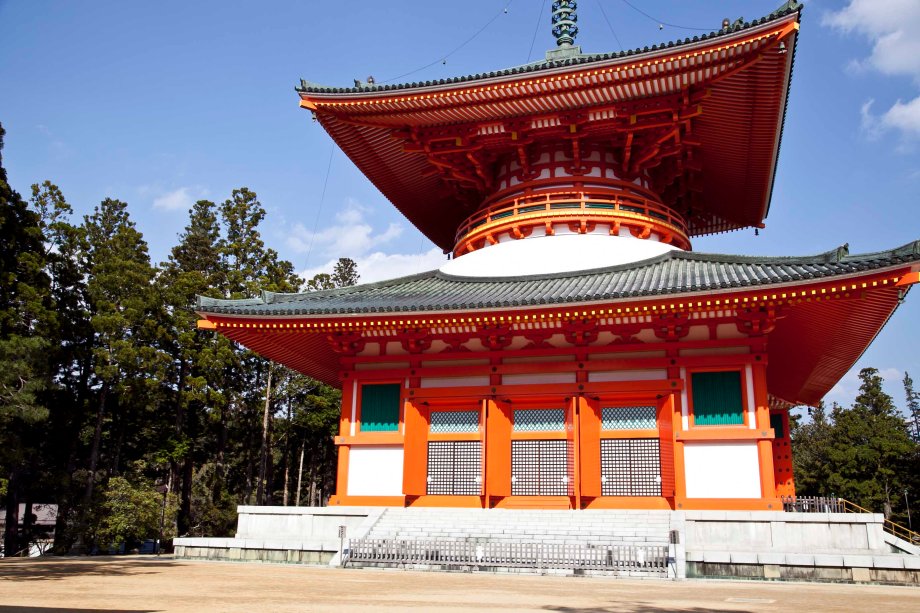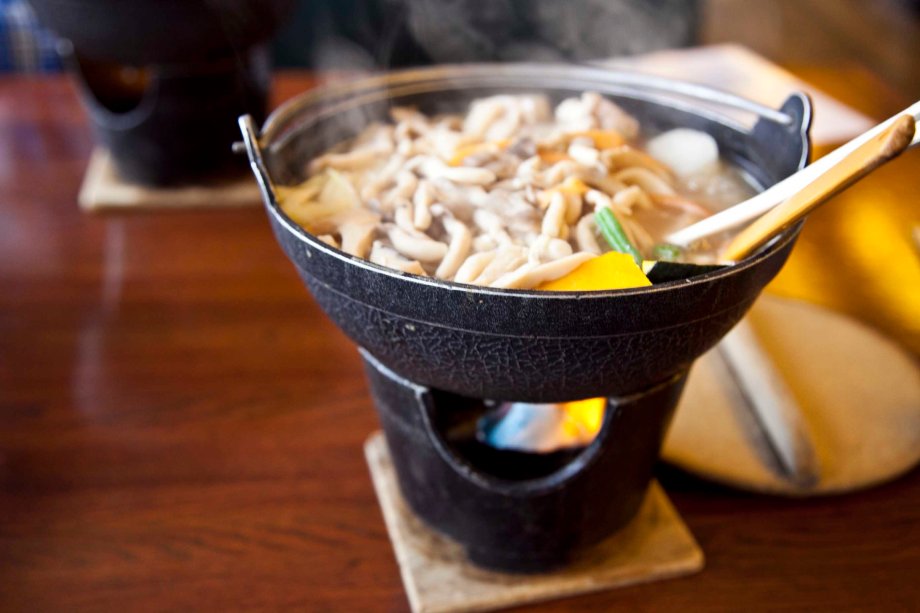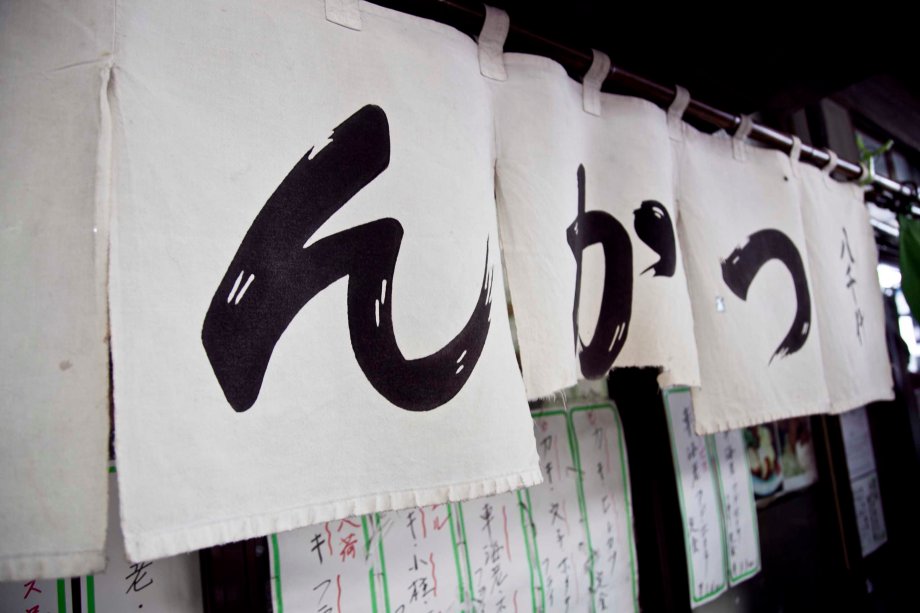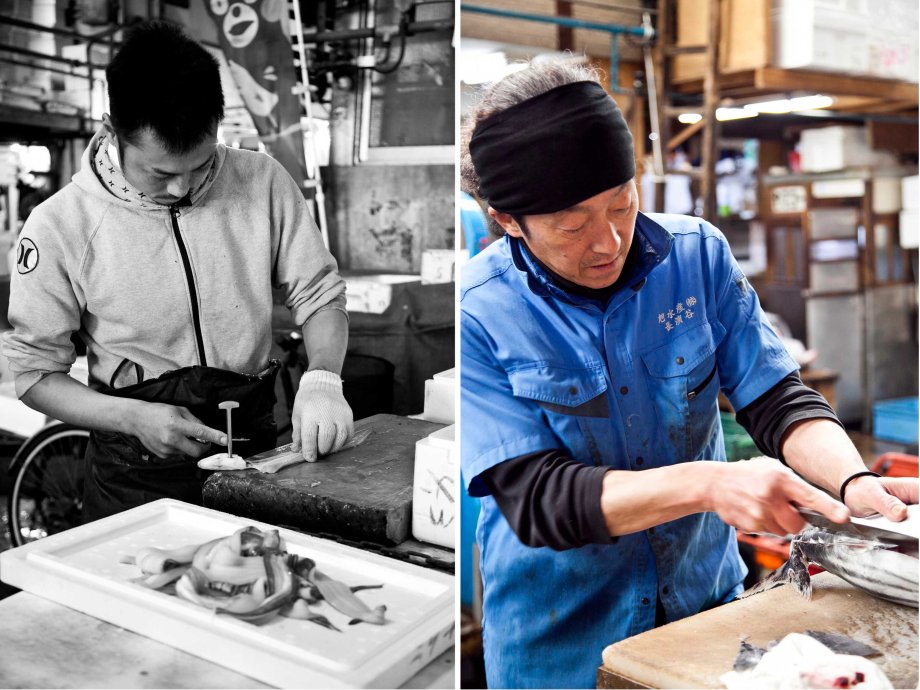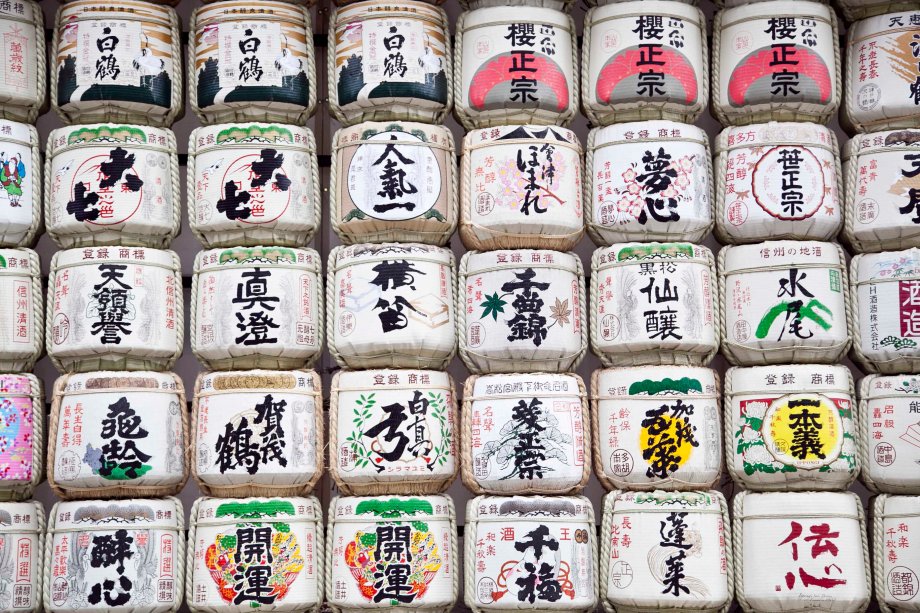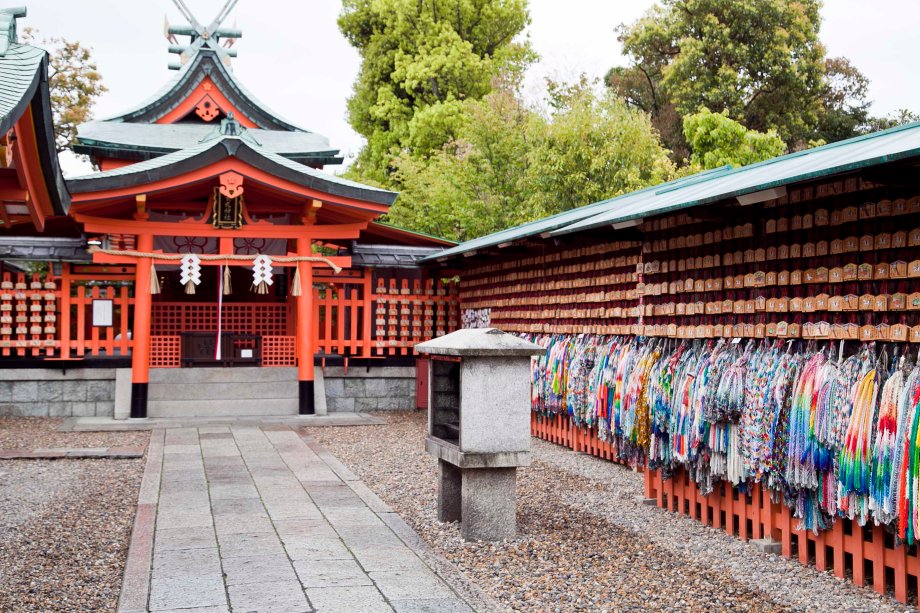Here are the other half of the photos from Kyoto. If you’re into Japanese history, culture, food, architecture and gardens, I’d recommend at least three days exploring Kyoto. There are so many temples to visit, gardens to explore, restaurants and food to sample, and little streets to get lost in.
They following photos are taken from Kinkaku-ji (The Golden Pavilion), Ginkaku-ji (The Silver Pavilion), wandering along the Path of Philosophy, visiting various temples, gardens and wandering the streets of north-eastern Kyoto, known as Higashiyama, and discovering the little streets of Gion. I fell in love with the district known as Higashiyama (which is dotted with various temples and gardens, and has an old world feel to it). So I’d suggest spending at least a day or two exploring this area, if temples and gardens are your thing. And for foodies, Gion is full of interesting restaurants – and keep your eyes open for geisha.
Essentials
Getting Around:
Kyoto has a reasonably good metro and bus transportation system, which means you can get almost anywhere in Kyoto relatively easily. To get to Kinkaku-ji, take bus 101 or 205 which takes about 40 mins from the central bus and train terminal. Bus tickets cost 260 yen for one way, or if you’re planning to get the bus around town for the day, a daily pass costs 700 yen. To Ginkaku-ji, take bus 5, 17 or 100. I spent the day walking back to Gion along the Path of Philosophy (with a good map in hand). From Gion, you can get the metro back to Kyoto Station. For those who like walking, Kyoto isn’t a huge city, and many sites can be easily reached on foot, provided you have a good map in hand.
What to buy:
Sweets! Kyoto is well known for its sweets, particularly the town speciality of sweet triangles made from rice flour and filled with a flavoured bean paste. Try the cinnamon ones – they are delicious. You cannot leave Japan without purchasing a kimono. There are a few tourist aimed shops in the shopping arcade off Kyoto’s main shopping strip Shijo Dori. If you are after something of better quality, visit Nisijin Textile Centre (located west of the Imperial Palace). By chance, I stumbled across a little shop along the Path of Philosophy selling antique kimonos, known as Mrs Fumimaro’s Antique Kimono Salon. The tiny shop is full from floor to ceiling with antique kimonos. You could spend a few hours sifting through all the amazing textiles. I was lucky enough to find one I fell in love with, and at a reasonable price too.


